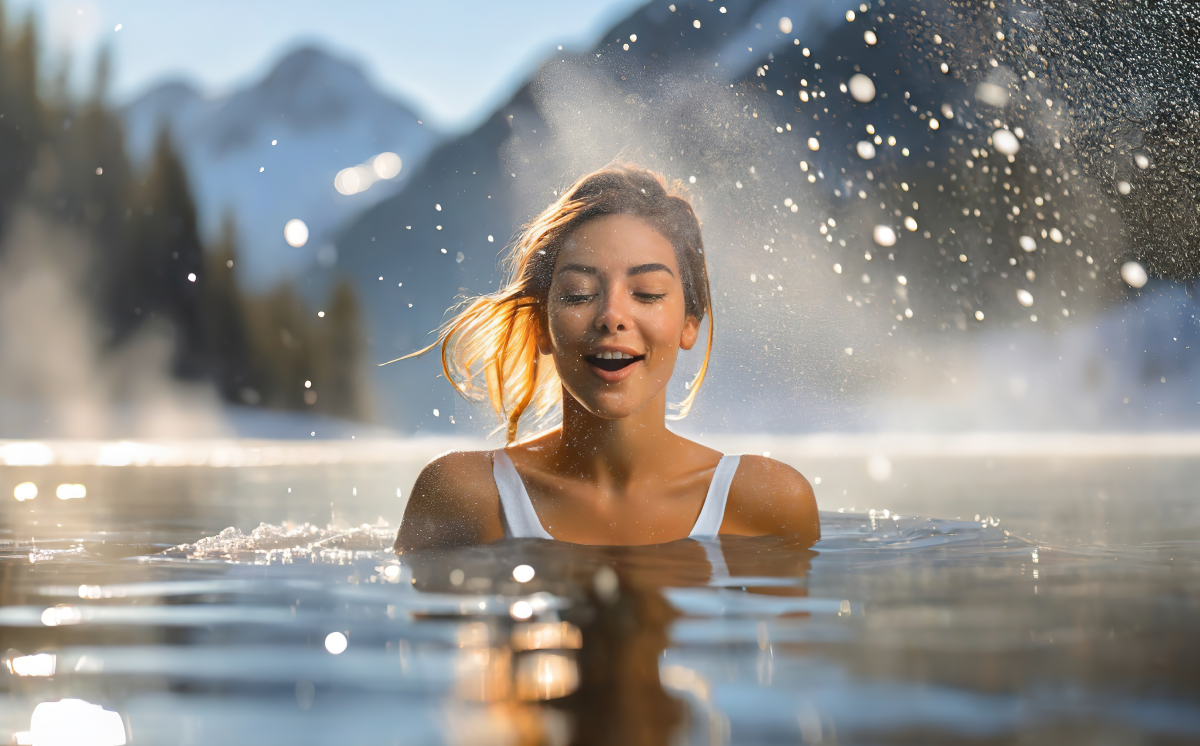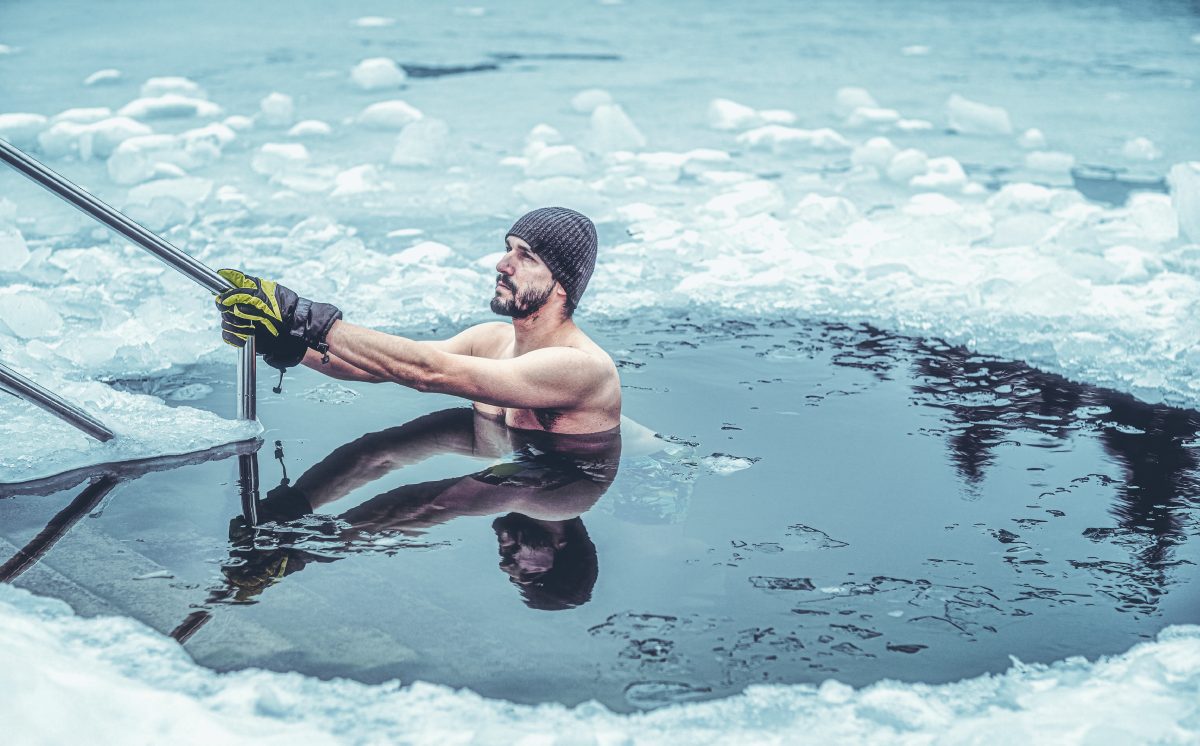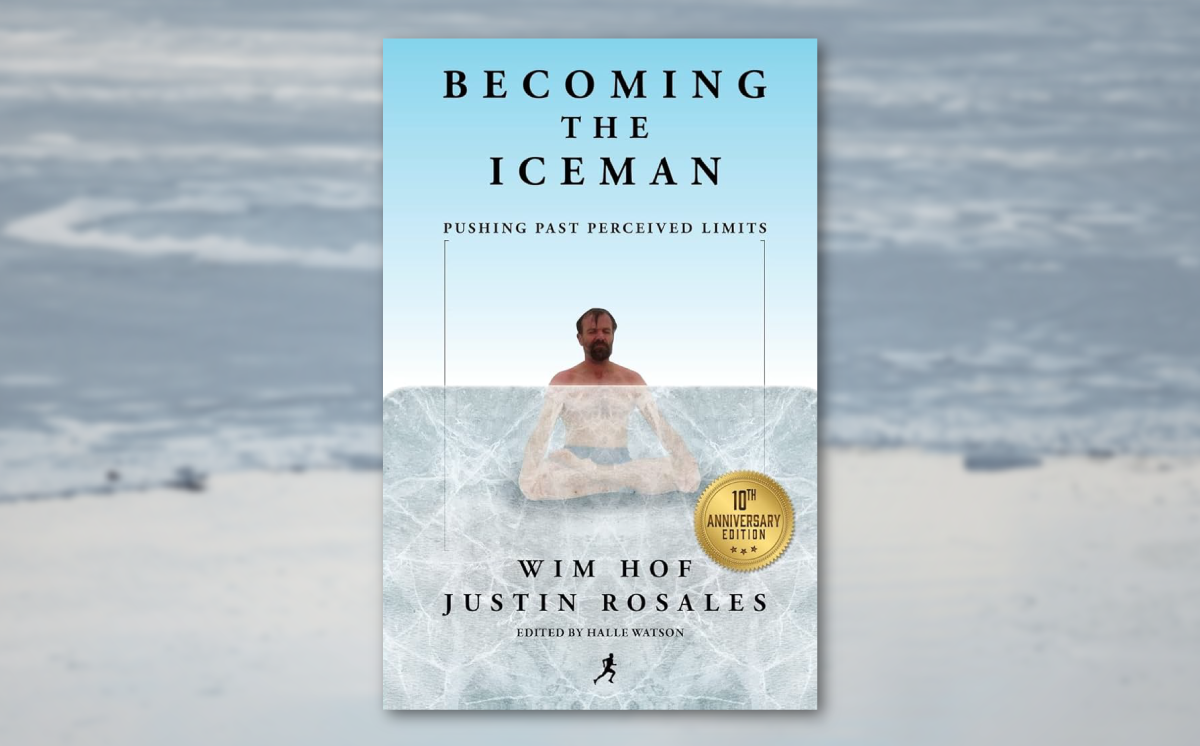
While the idea of plunging into icy waters may seem daunting, the science behind cold plunges reveals a myriad of benefits for both body and mind.
The use of cold plunges dates back centuries and is deeply ingrained in many cultures. In Scandinavia, for example, the tradition of winter swimming, or “ice dipping,” has been a staple of Nordic culture for centuries, with enthusiasts believing in its ability to strengthen the immune system and improve overall health. Similarly, in Japan, the practice of “shinrin-yoku,” or forest bathing, often involves immersing oneself in cold water as a way to cleanse the body and invigorate the mind.
In this post, we look at the health benefits of cold plunges, tips and tricks, and some precautions that you need to be mindful of.
What are the Health Benefits of Cold Plunges?
The health benefits of cold plunges are numerous and diverse, making them an appealing addition to a wellness routine. One of the most well-known benefits is muscle recovery. Athletes often use cold plunges to reduce muscle soreness and inflammation after intense workouts or competitions. The cold water helps to constrict blood vessels, which can reduce swelling and promote faster healing of micro-tears in the muscles.
Cold plunges may also have a positive impact on immune function. Some studies suggest that regular cold exposure can increase the production of white blood cells, which play a key role in the body’s immune response. By boosting immune function, cold plunges may help to reduce the risk of illness and infection.
From a mental health perspective, cold plunges may offer mood-boosting benefits. The shock of cold water can trigger the release of endorphins, neurotransmitters that act as natural painkillers and mood elevators. Additionally, the invigorating sensation of a cold plunge can help to reduce stress and improve overall well-being.
Cold plunges offer a range of health benefits, many of which stem from the body’s physiological responses to cold exposure. Here are some key benefits:
Improved Circulation: When exposed to cold water, blood vessels constrict and then dilate once out of the water, which can improve overall circulation.
Reduced Inflammation: Cold immersion has been shown to reduce inflammation, which can help with recovery from exercise-induced muscle damage and other inflammatory conditions.
Enhanced Muscle Recovery: Cold plunges can help reduce muscle soreness and speed up recovery after intense exercise by constricting blood vessels and reducing swelling.
Boosted Immune Function: Some studies suggest that regular cold exposure may help boost the immune system by increasing the production of white blood cells.
Increased Metabolism: Cold exposure can stimulate the production of brown adipose tissue (BAT), which burns calories to generate heat, potentially aiding in weight loss.
Improved Mental Well-being: Cold plunges can have a mood-boosting effect, potentially reducing symptoms of depression and anxiety.
Stress Reduction: Cold immersion activates the sympathetic nervous system, which can help reduce stress levels and improve resilience to stress over time.
Enhanced Alertness and Energy Levels: Cold exposure can increase heart rate and alertness, providing a natural energy boost.
Skin and Hair Health: Cold water can tighten pores and improve skin tone, while also stimulating hair follicles for healthier hair.
Better Sleep: Some people find that cold exposure can improve sleep quality, possibly due to its stress-reducing and mood-boosting effects.
It’s important to note that while cold plunges can offer these benefits, they may not be suitable for everyone, especially those with certain medical conditions. It’s always best to consult with a healthcare professional before incorporating cold plunges into your routine.
Physiological Responses to Cold Exposure
When the body is exposed to cold temperatures, it undergoes a series of physiological responses to regulate its core temperature. One of the first responses is vasoconstriction, where blood vessels near the skin’s surface constrict to reduce heat loss. This process helps to maintain core body temperature and prevent hypothermia.
Additionally, cold exposure triggers an increase in heart rate and metabolic rate as the body works harder to generate heat. This increase in metabolic activity can lead to the activation of brown adipose tissue (BAT), a type of fat that burns calories to produce heat. Studies have shown that regular cold exposure can increase BAT activity, potentially aiding in weight management and metabolic health.

Cold Plunges Tips and Tricks
Perhaps the most commonly known tip with cold plunging is to keep your hands out of the water or wear warm gloves. This is because the hands and feet have a high concentration of thermoreceptors, which are responsible for sensing temperature. When these areas are exposed to cold water, they can signal to the brain that the body is colder than it actually is, leading to a more intense sensation of cold.
By keeping your hands out of the water, you may reduce the overall sensation of cold and potentially be able to tolerate the cold plunge for a longer period. Additionally, wearing gloves or mittens can also help reduce the sensation of cold in your hands if you prefer to keep them submerged.
Other tips and tricks for cold plunging include:
Control Your Breathing: Focus on slow, deep breaths to help relax your body and mind during the plunge.
Gradual Exposure: Start with shorter durations and gradually increase the time spent in the cold water as your body adapts.
Warm Up Beforehand: Engage in light exercise or a warm shower to increase your body temperature before the plunge.
Keep Moving: Lightly moving or gently stretching in the water can help maintain body heat and reduce the feeling of cold.
Stay Hydrated: Drink plenty of water before and after the plunge to stay hydrated.
Listen to Your Body: If you start feeling uncomfortable or experience numbness or pain, exit the cold water immediately.
Warm Up Afterwards: After the plunge, warm up gradually with a warm shower or by wrapping yourself in a blanket to avoid a rapid temperature change.
Consistency: Regular cold plunges can help your body adapt to the cold and improve your tolerance over time.
It’s important to remember that cold plunging may not be suitable for everyone, especially those with certain medical conditions. Always consult with a healthcare professional before starting any new wellness routine.

The Wim Hof Method: A Look at the Iceman's Approach to Cold Exposure
One individual who has brought attention to the benefits of cold exposure is Wim Hof, also known as “The Iceman.” Hof has gained worldwide fame for his ability to withstand extreme cold temperatures and his holistic approach to health and well-being.
Central to Hof’s method is a combination of cold exposure, breathing techniques, and mindset training. He believes that by exposing the body to cold, individuals can tap into their inner potential, improve their immune response, and increase their overall health and vitality.
Breathing Techniques: The Wim Hof Method includes specific breathing techniques that are designed to optimize oxygen intake and release carbon dioxide, leading to increased energy levels and a heightened sense of well-being. These techniques are often practiced before cold exposure to help prepare the body and mind for the cold.
Cold Exposure: Hof advocates for regular cold exposure, whether through cold showers, ice baths, or outdoor cold exposure. He believes that exposing the body to cold can help improve circulation, boost the immune system, and increase brown adipose tissue (BAT) activity, which can aid in weight loss.
Mindset Training: Hof emphasizes the importance of mindset in his method, teaching practitioners to embrace discomfort and push past mental barriers. He believes that by cultivating a strong mind-body connection, individuals can unlock their full potential and achieve greater levels of health and well-being.
While Hof’s methods have gained popularity and have been the subject of scientific research, it’s important to approach them with caution. Extreme cold exposure and breath-holding exercises can be dangerous if not done properly, and individuals should always consult with a healthcare professional before attempting them.
Cold Plunges vs. Hot Tubs: A Comparison
Both cold plunges and hot tubs offer unique benefits, but they work in different ways to promote health and well-being. Understanding the differences between the two can help you decide which option is best for you.
Cold Plunges:
1. Muscle Recovery: Cold plunges are often used by athletes to aid in muscle recovery. The cold temperature helps reduce inflammation and muscle soreness, speeding up the recovery process after intense exercise.
2. Improved Circulation: Cold water immersion causes blood vessels to constrict, which can help improve circulation. When the body warms up after the plunge, blood vessels dilate, promoting blood flow and overall cardiovascular health.
3. Increased Alertness: Cold water exposure can increase heart rate and alertness, providing a natural energy boost and improving mental clarity.
4. Potential Weight Loss Benefits: Cold exposure can stimulate the production of brown adipose tissue (BAT), which burns calories to generate heat. Regular cold plunges may help with weight management.
Hot Tubs:
1. Relaxation and Stress Relief: Hot tubs are known for their relaxing properties. The warm water and hydrotherapy jets can help reduce stress, soothe sore muscles, and promote relaxation.
2. Improved Sleep: The relaxation induced by hot tubs can help improve sleep quality, making them a popular choice for those looking to unwind before bed.
3. Pain Relief: The heat from hot tubs can help relieve joint and muscle pain, making them beneficial for individuals with arthritis or other chronic pain conditions.
4. Social and Recreational Benefits: Hot tubs are often seen as a social or recreational activity, providing a space for relaxation and socialization with friends and family.
Which is Better?
The choice between a cold plunge and a hot tub depends on your goals and preferences. If you’re looking for muscle recovery and a natural energy boost, a cold plunge may be more suitable. However, if you prioritize relaxation, stress relief, and pain management, a hot tub might be a better option. Some people even alternate between cold plunges and hot tubs to experience the benefits of both temperature extremes.
Ultimately, both cold plunges and hot tubs can be beneficial for your health and well-being. It’s important to listen to your body and choose the option that feels right for you.
Safety First: Important Considerations Before Taking the Plunge
While cold plunges can offer numerous health benefits, it’s important to approach them safely to avoid any potential risks. Here are some key safety considerations to keep in mind:
Gradual Exposure: Start with shorter durations and gradually increase the time spent in the cold water as your body acclimates. This can help prevent shock to your system.
Health Conditions: Individuals with certain medical conditions, such as heart problems or Raynaud’s disease, should consult with a healthcare professional before attempting cold plunges, as cold exposure can exacerbate these conditions.
Temperature: Ensure that the water temperature is safe for immersion. Extremely cold water can lead to hypothermia, so it’s important to monitor the temperature and your body’s response.
Exit Strategy: Always have a plan for exiting the cold water quickly and safely in case you start feeling uncomfortable or experience any adverse effects.
Supervision: If you’re new to cold plunges, consider having someone with you to monitor your condition and provide assistance if needed.
Hydration: Drink plenty of water before and after the plunge to stay hydrated, as cold exposure can increase the risk of dehydration.
Clothing: Wear appropriate clothing to protect yourself from the cold, such as a bathing suit or wetsuit. Avoid wearing heavy clothing that could weigh you down in the water.
Listen to Your Body: Pay attention to how your body is feeling during the plunge. If you start feeling lightheaded, numb, or experience any discomfort, exit the water immediately.
Post-Plunge Care: After the plunge, warm up gradually with a warm shower or by wrapping yourself in a blanket to avoid a rapid temperature change.
By following these safety considerations, you can enjoy the benefits of cold plunges while minimizing the risk of adverse effects. Always prioritize safety and listen to your body’s cues when engaging in cold water immersion.

Embracing the Chill: The Science-Backed Benefits of Cold Plunges
The science behind cold plunges reveals a wealth of potential health benefits, from improved muscle recovery to enhanced immune function and mood. By understanding the physiological responses to cold exposure and the historical context of this ancient practice, we can better appreciate its role in promoting overall health and well-being. Whether you’re a seasoned cold plunger or new to the practice, incorporating cold plunges into your wellness routine may offer a host of benefits for body and mind.
Whether you’re looking to improve your sleep, alleviate muscle cramps, reduce anxiety, or support bone health, magnesium may offer a natural solution. However, it’s important to consult with a healthcare provider before starting any new supplement regimen, especially if you have underlying health conditions or are taking medications.
By understanding the different types of magnesium supplements, their health benefits, and how to incorporate them into your daily routine, you can make informed decisions about your magnesium intake. Remember, everyone’s magnesium needs are different, so listen to your body and work with your healthcare provider to find the right balance for you.




